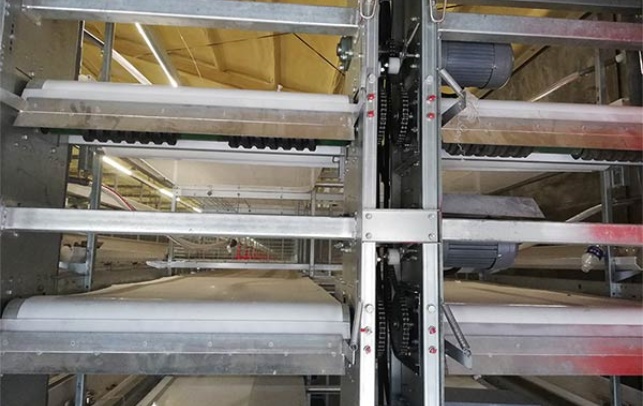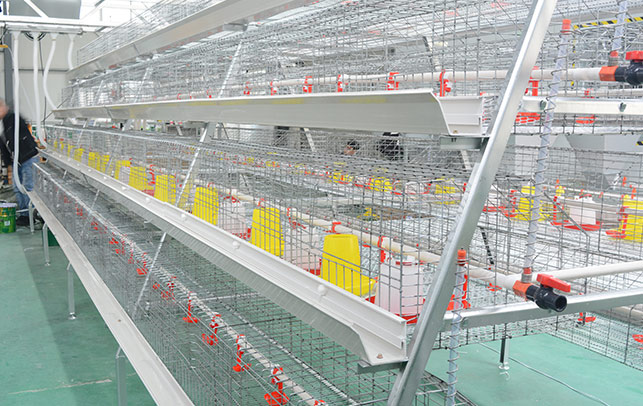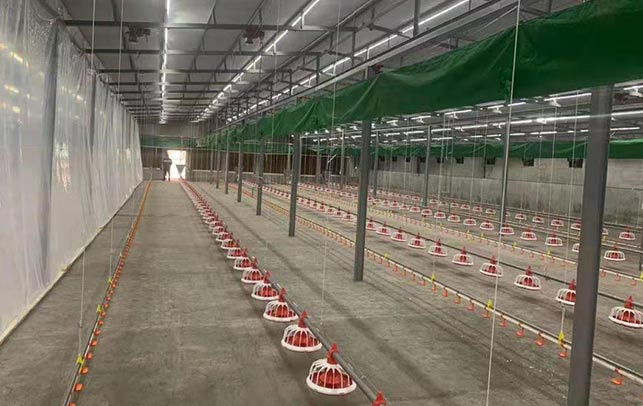Layers Farming in Kenya: Strategies and Success Stories
Time : 2025-05-12
Layers farming, or the keeping of laying hens, has become an increasingly popular agricultural activity in Kenya. With the growing demand for eggs in both domestic and international markets, many farmers are looking to capitalize on this opportunity. In this article, we’ll delve into the ins and outs of layers farming in Kenya, sharing strategies, success stories, and tips for those looking to enter or improve their laying hen operation.
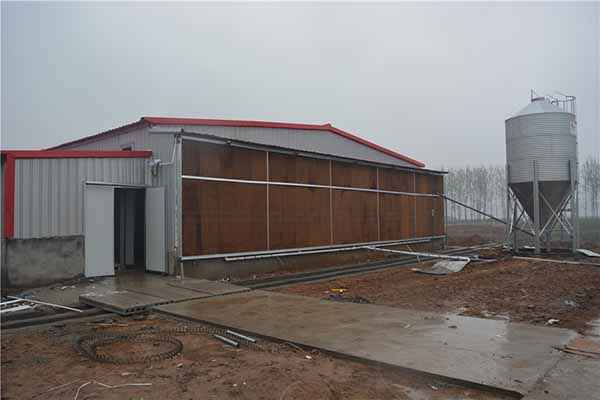
Understanding Layers Farming in Kenya
Layers farming in Kenya involves the rearing of hens for the purpose of producing eggs. The industry is diverse, ranging from small-scale backyard operations to large commercial farms. Let’s break down the key aspects of layers farming in Kenya.
Market Demand
The demand for eggs in Kenya is skyrocketing. Urbanization, changing dietary habits, and an increasing middle class have all contributed to this surge. Eggs are not only a staple in Kenyan households but also a valuable export commodity.
Climate and Environment
Kenya’s diverse climate and fertile land make it an ideal environment for layers farming. The country has varying altitudes, which allow for different types of poultry farming, from the cooler regions of the Rift Valley to the coastal areas with warmer temperatures.
Strategies for Successful Layers Farming in Kenya
Success in layers farming requires careful planning and implementation of various strategies. Here are some essential steps to consider:
Choosing the Right Breed
Selecting the right breed of laying hens is crucial. In Kenya, popular breeds include the White Leghorn, Brown Leghorn, and Anacona. Each breed has its own set of characteristics, such as egg production rates, feed conversion efficiency, and disease resistance. It’s important to research and choose a breed that suits your farming goals and local climate.
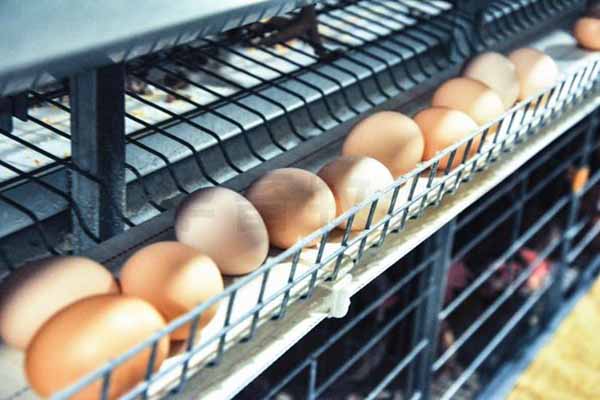
Optimizing Housing Conditions
Providing your hens with comfortable and hygienic living conditions is vital for their health and productivity. Ensure that the housing is well-ventilated, with enough space for each hen to move around. It’s also important to keep the coop clean and free from pests and predators.
Feeding and Nutrition
A balanced diet is essential for healthy laying hens. Feed should be rich in protein, vitamins, and minerals. In Kenya, farmers often use a mix of commercial feed, local crops, and by-products to provide a nutritious diet for their hens. Regularly monitor the hens’ feeding habits and adjust the diet as needed.
Health Management
Regular health checks and vaccinations are crucial to prevent diseases that can impact egg production and the overall well-being of the flock. Partner with a veterinarian to develop a comprehensive health management plan, including routine vaccinations and treatment protocols for common poultry diseases.
Marketing and Distribution
Once you have a steady supply of eggs, it’s important to have a plan for marketing and distribution. Explore local markets, supermarkets, and even export opportunities. Building strong relationships with buyers and ensuring consistent q uality will help you secure a reliable market for your eggs.
uality will help you secure a reliable market for your eggs.
Success Stories from Layers Farming in Kenya
Several farmers in Kenya have achieved remarkable success through layers farming. Here are a few inspiring stories:
John’s Backyard Farm
John started with just 50 hens in his backyard. By implementing good farming practices and expanding his flock, he now operates a small-scale farm that supplies eggs to local markets. His success lies in his dedication to quality and customer satisfaction.
Jane’s Egg Empire
Jane’s egg farm started as a hobby, but it quickly turned into a thriving business. She focused on organic farming methods, which helped her build a loyal customer base looking for high-quality, free-range eggs. Today, Jane exports her eggs to neighboring countries.
Final Thoughts
Layers farming in Kenya presents a promising opportunity for farmers looking to diversify their income and meet the growing demand for eggs. By following these strategies and learning from the success stories of others, you can increase your chances of success in this dynamic industry.
Remember, the key to successful layers farming is attention to detail, a passion for the craft, and a commitment to continuous improvement.






